The food container market in India is characterized by a dynamic competitive landscape, driven by increasing consumer demand for convenience, sustainability, and innovative designs. Key players such as Tupperware Brands Corporation (US), Lock & Lock Co Ltd (KR), and Sistema Plastics Ltd (NZ) are actively shaping the market through strategic initiatives. Tupperware Brands Corporation (US) focuses on enhancing its product offerings with eco-friendly materials, while Lock & Lock Co Ltd (KR) emphasizes its commitment to airtight and leak-proof technology, appealing to health-conscious consumers. Sistema Plastics Ltd (NZ) is leveraging its reputation for durable and versatile containers, which positions it favorably in a market that values quality and functionality. Collectively, these strategies contribute to a competitive environment that prioritizes innovation and consumer-centric solutions.
In terms of business tactics, companies are increasingly localizing manufacturing to reduce costs and improve supply chain efficiency. This approach not only enhances responsiveness to market demands but also aligns with the growing trend of sustainability. The competitive structure of the market appears moderately fragmented, with several players vying for market share, yet the influence of major companies remains substantial, shaping consumer preferences and driving industry standards.
In October 2025, Tupperware Brands Corporation (US) announced a partnership with a leading Indian e-commerce platform to expand its online presence and reach a broader audience. This strategic move is likely to enhance Tupperware's visibility and accessibility, catering to the growing trend of online shopping among Indian consumers. By leveraging digital channels, Tupperware aims to tap into the increasing demand for convenient purchasing options, thereby solidifying its market position.
In September 2025, Lock & Lock Co Ltd (KR) launched a new line of biodegradable food containers, reflecting its commitment to sustainability. This initiative not only addresses environmental concerns but also aligns with consumer preferences for eco-friendly products. The introduction of biodegradable options may attract environmentally conscious consumers. This could potentially increase Lock & Lock's market share in a competitive landscape that increasingly values sustainability.
In August 2025, Sistema Plastics Ltd (NZ) expanded its operations in India by establishing a new manufacturing facility aimed at enhancing production capacity. This strategic investment is indicative of Sistema's long-term commitment to the Indian market and its intention to meet the rising demand for high-quality food containers. By increasing local production, Sistema may improve its supply chain efficiency and reduce lead times, thereby gaining a competitive edge.
As of November 2025, current trends in the food container market include a pronounced shift towards digitalization, sustainability, and the integration of advanced technologies such as AI in product development. Strategic alliances among key players are increasingly shaping the competitive landscape, fostering innovation and enhancing product offerings. The evolution of competition appears to be moving away from price-based strategies towards differentiation through innovation, technology, and reliable supply chains. This shift suggests that companies that prioritize these aspects may be better positioned to thrive in an increasingly competitive environment.


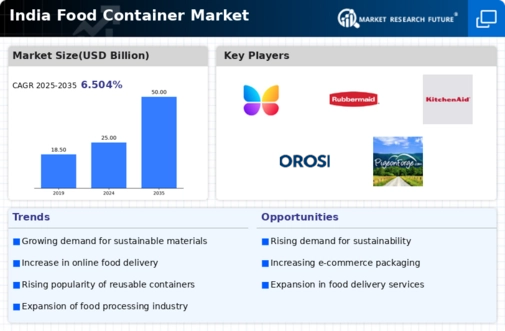
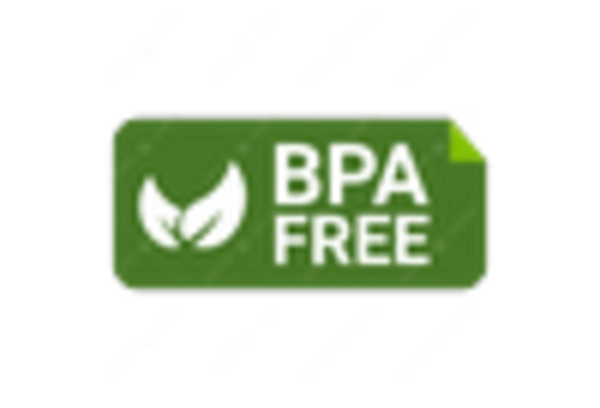

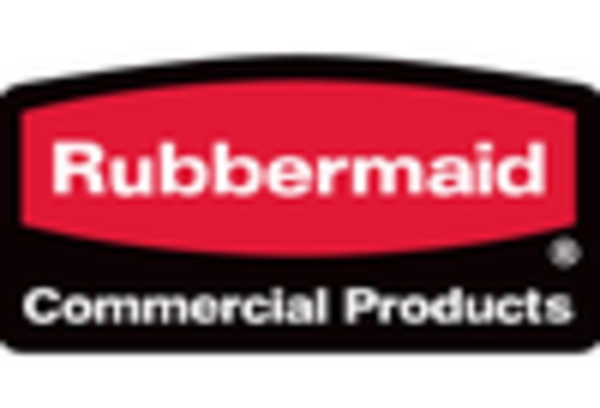
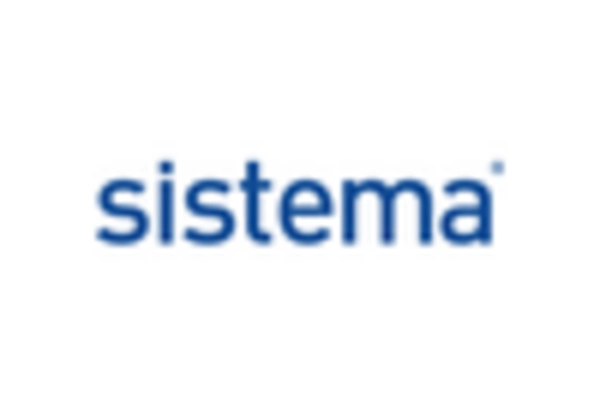
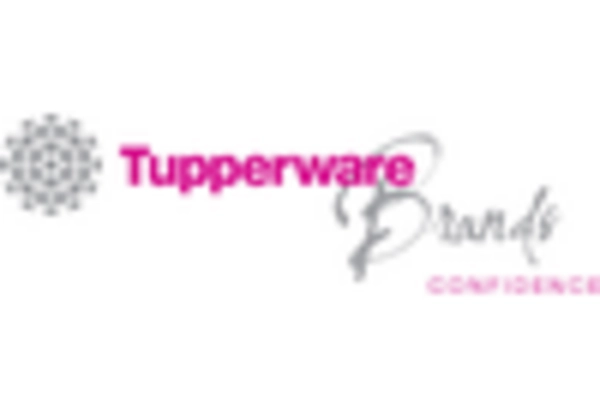
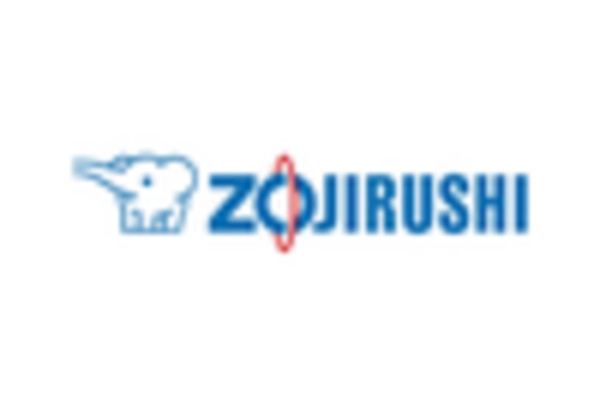








Leave a Comment